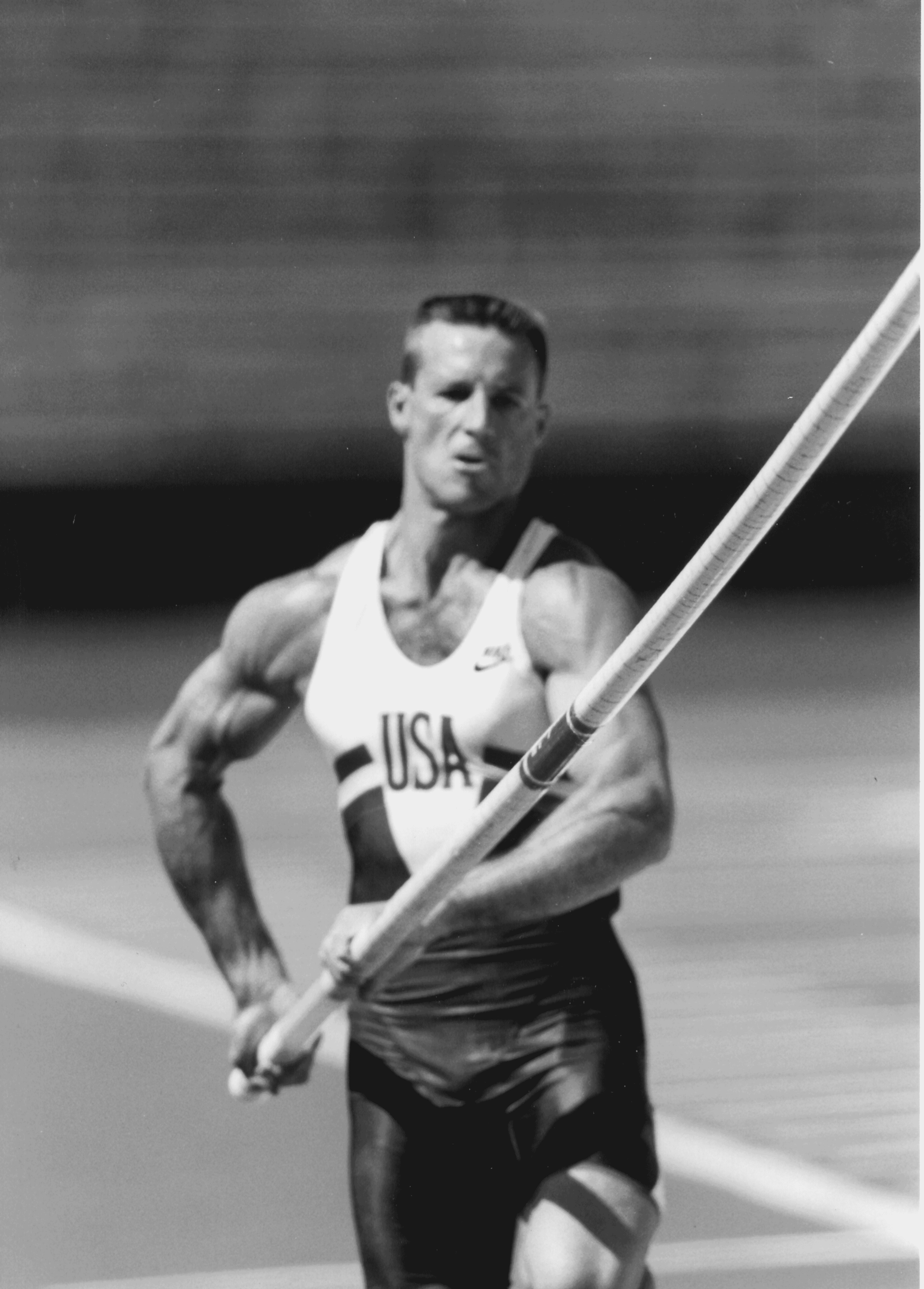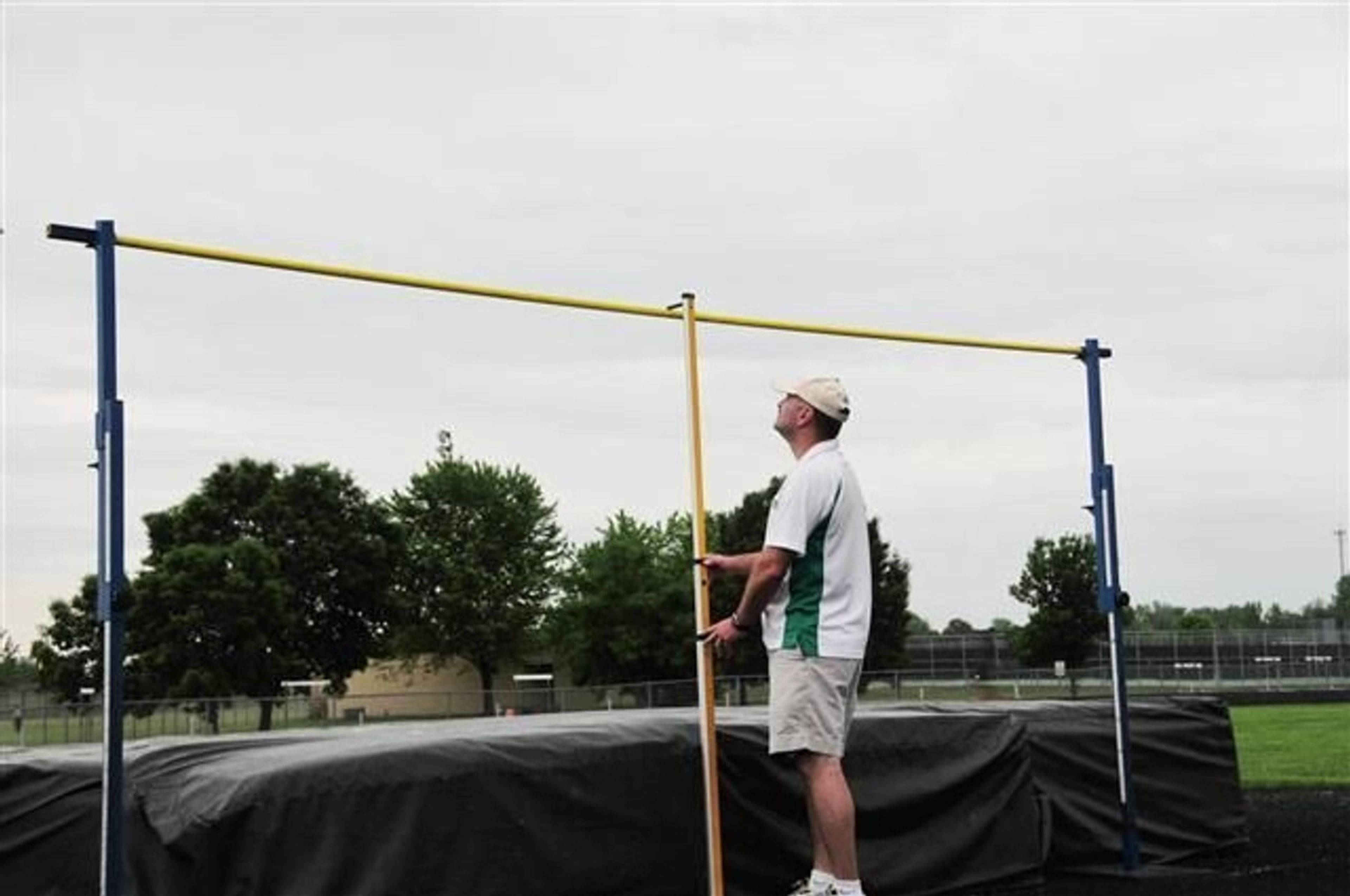Breaking Barriers: How Technology and Technique Propelled Pole Vaulting to New Heights
Discover how technology and innovative techniques have revolutionized pole vaulting, pushing athletes to soar to unprecedented heights and challenging the limits of human performance.
Pole vaulting, a sport that marries athleticism with the principles of physics, has evolved significantly from its ancient origins to the high-flying competition seen today. This evolution is marked by significant advancements in techniques, training, and especially, the materials used for the poles, propelling athletes to new heights and redefining the limits of human performance.
In the early days of pole vaulting, athletes relied on rigid hardwood poles, which offered little flexibility and significantly limited the height that could be achieved. The sport was constrained not only by the materials available but also by the techniques employed. Initially, vaulters used a pole-climbing method that, while effective for the materials of the time, did not allow for the efficient transfer of energy necessary for higher vaults. The introduction of the swing-up technique, a revolutionary change, allowed athletes to better utilize the energy stored in the bending pole, propelling them higher into the air. This technique, coupled with advancements in training methods that emphasized speed, strength, and specialized exercises, pushed the boundaries of what was possible in pole vaulting.
The material of the pole itself has undergone a dramatic transformation over the years. From the initial use of hardwood, the sport transitioned to using bamboo poles. These were lighter and offered some degree of flexibility, allowing for greater energy transfer and higher vaults. However, the real game-changer came with the introduction of fiberglass and later, carbon fiber poles. These materials allowed for poles that were not only lighter and stronger but could bend significantly without breaking, drastically improving the efficiency of energy transfer from vaulter to pole and back. This leap in pole technology has been a driving force in the continuous breaking of world records and the achievement of heights once deemed impossible.
Despite these advancements, the future of pole vaulting faces challenges. The materials technology that has seen the sport through its most significant periods of growth appears to be reaching its limits. With the current materials already pushing the boundaries of efficiency in energy transfer, and human athletic performance potentially nearing its peak, the sport may be approaching a plateau. The world record set by Sergey Bubka in the early 1990s stands as a testament to these limits, having remained unbroken for decades.
However, the spirit of innovation that has characterized the evolution of pole vaulting suggests that the future may still hold breakthroughs. Researchers and engineers continue to explore new materials and composites, aiming for the elusive goal of a pole that can transfer energy with near-perfect efficiency. While the challenges are significant, the history of pole vaulting is a story of overcoming limitations through innovation.
The journey of pole vaulting from its rudimentary beginnings to the modern spectacle it is today highlights the intricate balance between athletic ability and technological advancement. As the sport looks to the future, it does so with an optimism grounded in its history of continuous evolution. The next chapter in pole vaulting's story may well be written with materials yet to be discovered, techniques yet to be perfected, and records yet to be broken, pushing the boundaries of what is possible in this dynamic and complex sport.








